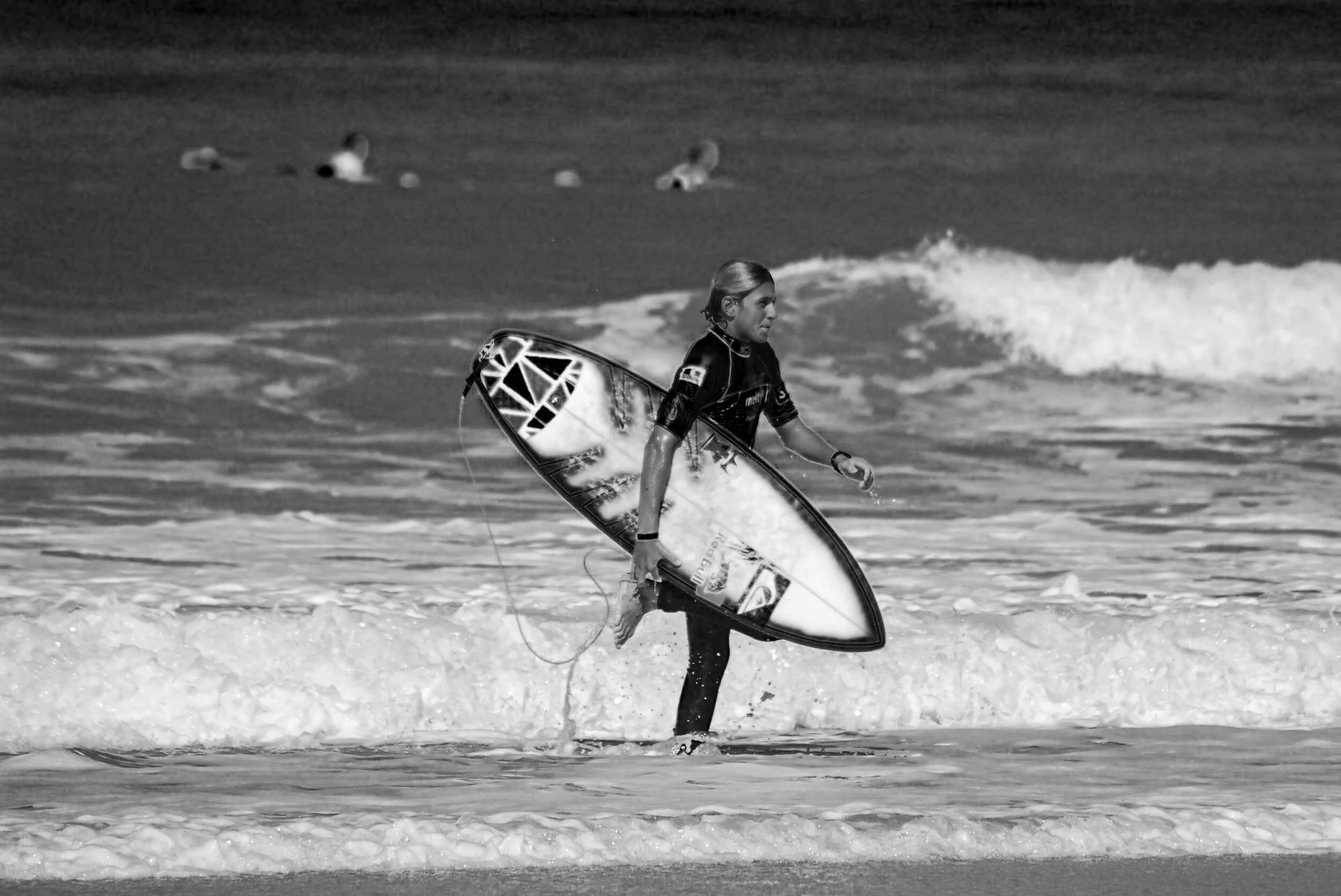The Line up. An Unconscious Bias.
By Charlie Carroll
A positive step in recent surf news is women getting paid equally as men and both championship tours being held at the same breaks. However, we still need to have more of a conversation about the unconscious bias that is affecting our sport.
Ultimately, I treat everyone the same in the water, with a nice smile and chatter in the lulls. Having women in the lineup is something I encourage and love to see more of. Yet I also think it's important to know that most people can feel a sense of intimidation. Whether that's because they're around better surfers, larger conditions, or being overwhelmed by a male-dominated lineup. This is why I act the way I do, I've become anxious in certain situations, and something as small as a smile from a stranger can help. It goes without saying that the unbalanced gender lineup has a knock-on effect on other aspects of the sport like competitive surfing. When you compare the barriers to entry for men and women there are clear differences, some significant examples include identity roles, financial issues, and confidence pressures.
Identity roles can be restrictive for women, creating expectations of how they should present themselves in sports. Due to stereotypes and how they are being portrayed in the media, women can feel pressure to conform to the typical body types associated with female surfers. If a woman fails to carry the typical characteristics of being a white, blonde, lean surfer, she can be left doubting her self-worth, resulting in a disconnection with the sport. Additionally, a common obstacle for anyone aiming to go professional in surfing is being financially restricted when needing to travel to competitions. It's no surprise that prize money is not where athletes get the majority of their income from. Spoiler alert. it’s from sponsorships.
Comparing current stars: John John Florence earns more than three times what Steph Gilmore makes from her sponsors. When women are financially disadvantaged, it is harder for them to prioritise their sporting goals compared to their male counterparts. The beauty' aspects are also linked to financial issues.
Big brands expect women to look a certain way to match their brand image. This results in women having added pressures to conform to brand aesthetics which is a toxic environment to be stuck in. Both of these elements can contribute to a lack of confidence in women who are wanting to participate in the sport. If a female has less accessibility to surfing it simply reduces the number of women picking up a surfboard, therefore perpetuating the problem that is disrupting our sport. Men aren't as affected by these issues, hence why the standard in men's shortboard surfing is more competitive. When the pool of professional surfers is smaller, it results in less style, variety, and progression of competitors.
One way in which the WSL needs to change is how they schedule their heats. This year, the Championship Tour has favoured the men by giving them better surfing conditions. Often, it's the case that if conditions are good, men will get priority- even if heats are scheduled for women. This leaves the women with smaller and messier waves. You will see dozens of comments about how "boring" their heats are, resulting in a negative view of the women's heats in each competition. This leads to the audience making assumptions that the women can't surf when they've just been given worse waves. They should have a fixed schedule for every event, eliminating the likelihood of unscheduled changes. Without the WSL taking action on these issues, they cannot be resolved.
Surfing has historically struggled with inclusivity within its participants. Looking to the future, brands like Roxy are now showing a much more comprehensive attitude to their marketing: partnering with organisations like Textured Waves, Roxy are able to showcase underrepresented demographics in surfing. The new wave of talented female groms are pushing a multitude of boundaries in performance surfing.
Original article written for Blu: Editors note: We were adamant to only feature female contributors, to have a zine made by women for women. Yet, through shared opinions with the Blu community, it felt wrong to exclude men's perspectives. I've spent a significant amount of time discussing equality in surfing with my friend, Charlie Carroll, who has like-minded feminist perspectives. This made me feel the need to explore this field from a male's point of view.
Charlie Carroll | HCSC Guest Blogger





